SCOT SOTHERN’S ‘LOOK AT ME’: CAPTURING AMERICA’S UNSEEN IN HOLLYWOOD
LOOK AT ME – EXPLORING AMERICA’S UNSEEN WITH SCOT SOTHERN
Exploring America’s unseen with Scot Sothern – A Provocative Take on Homelessness in Hollywood.
In ‘Look at Me’, a series of photographs captured by artist Sothern, an overturned plastic bucket becomes a powerful symbol of street existence. Using disposable cameras, Sothern captures the raw and unfiltered reality of life on the streets of Hollywood.
He immerses himself in the urban landscape and mirrors the experiences of those he meets, creating a narrative that blurs the lines between art and life. Sothern’s work stands as a critique of the prevailing narratives surrounding homelessness in America. Instead of focusing on the homeless themselves, he captures the reactions of unsuspecting pedestrians, creating a visual anthology of human emotions ranging from empathy to hostility.
The Impact of ‘Look at Me’ on Our Perception of Homelessness
‘Look at Me’ challenges the sensationalised and exploitative imagery that dominates media portrayals of homelessness, inviting a profound reflection on the societal lens through which we view our world. Through his photographs and anecdotes, Sothern offers a nuanced exploration of visibility, compassion, and the human condition. His work invites us to question and reevaluate the cultural constructs that inform our collective perception and to consider how we view those who are often overlooked and marginalized in our society.
Fused pulled up our bucket stool alongside Scot’s to get the lowdown.
Hi Scot, your project ‘LOOK AT ME’ delves deep into the unspoken dialogues of homelessness and public indifference. Can you share what inspired you to embark on this unique journey and choose such a distinctive approach to street photography?
I ran wild through much of my youth and I found myself on the skids for a while in my late teens living in a DYI shack made of pilfered orange crates behind a carwash where I occasionally worked for a buck fifty an hour. It was mostly my own doing, but I developed an affinity for the down and out. l can’t claim to understand what the homeless are going through on the streets of Los Angeles, but I’ve seen firsthand the humiliation of life on the streets, and I wanted to address that. No one is proud of ending up on the skids and no one on the skids wants photographs of their lives out in the world. LOOK AT ME is an essay from the bottom looking up. I felt that photographing people’s reactions to the homeless was a unique way of looking at the American zeitgeist. It’s a wide view of American up and down the scale of kindness and assholeness.
Scot Sothern on the Power of Disposable Cameras in Street Photography
The use of disposable film cameras and the performative aspect of sitting on an orange plastic bucket in the streets of Hollywood is intriguing. How do these choices contribute to the authenticity and spontaneity of your work?
I wanted to catch people in that quick moment of engagement, and I had to get the shot in one flash before they realized they had been captured. The performance was very much a big part of the overall, I needed to be a part of me I don’t usually show. The disposable cameras were important in that a guy sitting on an upside-down bucket with a shiny Nikon didn’t represent who I needed to be. I’ve never been an equipment nut, one of those image-makers who believes that more and better cameras and lenses are going to make a difference when you’re going for an image full of emotion. I can be somewhat of a show-off, and I like the idea of making good images with a cheap camera. It’s kind of a “fuck you” thing and a better representation of how those without see everyone else, and how they make the best they can with very little.
Public Reactions and Cultural Reflections in ‘Look at Me’
Focusing on the reactions rather than the plight of homelessness itself is a bold move. Which interactions struck you the most, what have been some of the most surprising or impactful reactions you captured? What do you think they unveil about the American psyche in the face of distress and reflect broader societal attitudes?
From the very beginning, I saw a chasmic America. I had thought, mistakenly, that an old, crippled guy on a bucket with a disposable camera would be safe from harm. I guess that was incredibly naive for someone, like me, who has stepped into the dark corners of street life. But I was surprised at the violence directed my way. I guess if one is angry at the world it’s a lot easier to lash out at someone who can’t fight back. I lost a couple of cameras in tussles with dipshits, male and female, and a guy twice my size knocked me off my bucket. I also came into contact with some of the kindest people in the world. Strangers were offering me money and food, helping me cross the streets. Ultimately, there were lots of assholes but there were others whose kindness brought tears to my eyes. Overall, I think people reacting to someone who they perceive as a nonentity are more likely to show a side of themselves that is usually tucked away. I also think that a nonentity with a camera is something no one expects, and they react before they process it. Most of all I yelled, Look at Me, and people looked at me and I made an exposure and they kept walking, albeit a bit faster. I think there is a widespread fear in America and most people just want to be left alone, and to Hell with everyone else.
Your work forces a confrontation with uncomfortable truths. In your eyes, what’s the power of discomfort in art, especially when tackling issues like homelessness and invisibility?
Well, no one has ever accused me of being subtle and I’m happy to push the limits of discomfort. I love a lot of art for a lot of different reasons, but I want my art to be visceral, to leave an indelible mark, a scar on the psyche. People need to be yelled at before they notice the world around them. Homelessness has become so pervasive that I think people are looking through the car windows like it’s the weather; looks like it might rain; looks like a few more tents on the sidewalk. You need to get out of the car and walk through it, and even then, once you are out of the rain, the rain ceases to exist. I’d like to confront the apathetic public by making them a part of it.
What role do you believe provocation plays in art, especially in terms of engaging with social issues?
We are living in a time where provocation is being pushed to the background, and things that were fair game have been deemed taboo. That doesn’t mean that I think we should ignore the newly Woke generation, it is all pretty basic, you know: do unto others, human rights. I’m all for all that, however, we stand a chance of becoming complacent if we don’t shake things up now and again and the best way to do that is with a controversial kick in the nuts. Politics has become all about social issues. We need artist provocateurs to point us in the right direction, which for me and most artists is more to the left than the right.
Your portfolio reads like a chronicle of the overlooked. How has the public’s taste for the provocative evolved since you started? Are we more desensitised, or is there a greater hunger for raw, unfiltered truth?
It’s pretty amazing how much the world has changed in my lifetime and a lot of it has been for the good. Are we more desensitised and is there a hunger for the truth? I don’t know. It seems almost like an every-other-day thing. Mondays, Wednesdays and Fridays we are open to harsh realities and the other days we are closed off and full of hate for anyone who doesn’t think the same as us. I’m from the Boomer generation and we don’t have much influence nowadays. At the same time, the government is run by a bunch of old farts who think the 1950s were the good old days. One good thing, from my POV, is the new attitudes about sexuality, and this is coming strictly from the younger generations. They are embracing the mores that in my day would have labelled them deviants and degenerates. That’s a good thing. As to the hunger for unfiltered truth, I think most Americans are more concerned with their survival and not likely to dig any deeper than what social media dictates. I think too many Americans are digging for the truth that they want as opposed to the truth as it is.
From ‘LOWLIFE’ to ‘LOOK AT ME,’ your work screams originality. What’s the legacy you aim to leave with your photography? How do you want these gritty glimpses of life to impact the wider world?
Well, I would like my legacy to include my writing as much as the visual work I’ve done. I have always been a photographer, but I always wanted to be a writer. I was born into photography and brought up in my father’s photography studio. It came easily to me. Writing was more difficult. When I was a kid, I had learning problems and managed to get through twelve grades in school without learning anything. I’m an autodidact writer and spent years voraciously reading and writing until I developed a style I could call my own. Now everything I do in photography is accompanied by short stories. I’ve worked as a columnist, a novelist, and a memoirist, I hope I’m remembered for that. I just hope I’m remembered. Everything comes and goes so quickly nowadays I’m amazed anything lasts longer than the expiry date on a carton of milk. That said, I do hope that my work stays alive after I’m gone. I’ve gone my own way without ever giving up and in the process, I’ve shined a bit of light into the darkness. I hope that is perceived as a good thing. I hope that I’m remembered for more than being the guy who photographed Skid Row sex workers in the 1980s.
What’s brewing next in the mind of Scot Sothern? Any new projects or societal taboos you’re itching to explore through your lens?
I have a road project in the planning stages and I want to put a part of myself back in the viewfinder, maybe a bit of performance art. I like taking side trips to places no one else wants to go. I like the idea of going through life kicking and screaming. You know, Hey, Look At Me!
‘LOOK AT ME’ is available at major bookstores and online retailers.

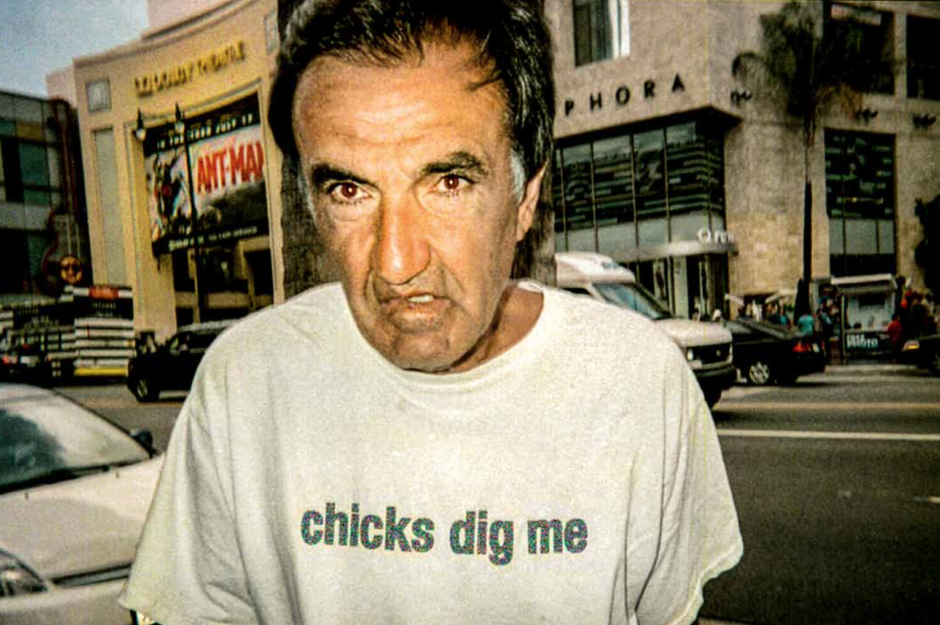
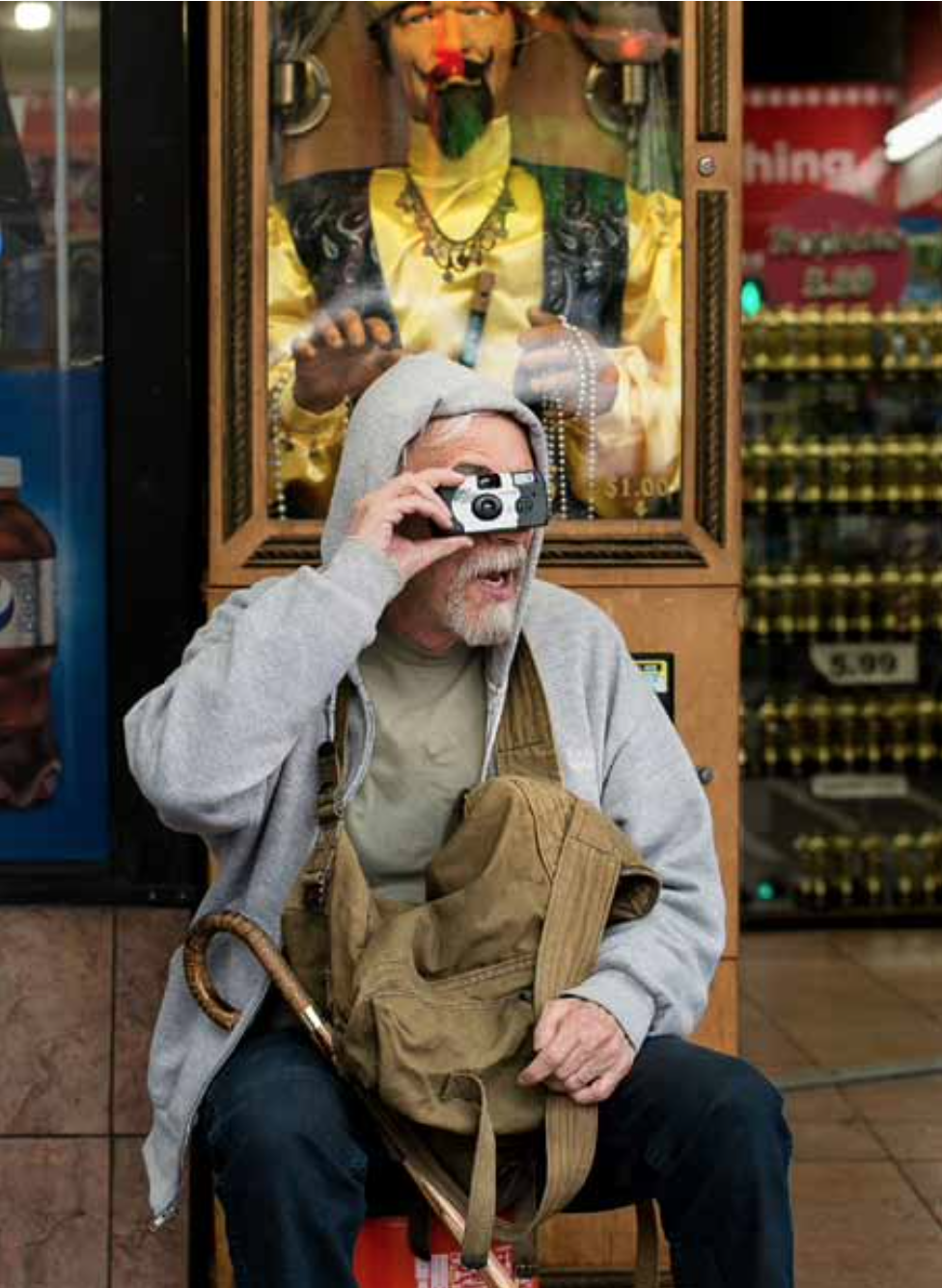
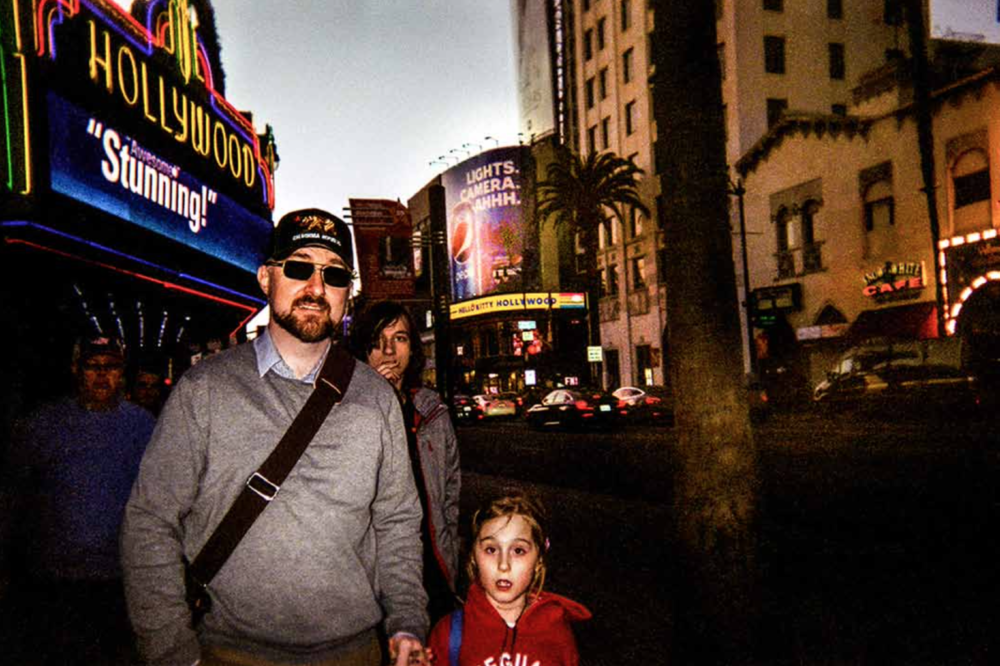
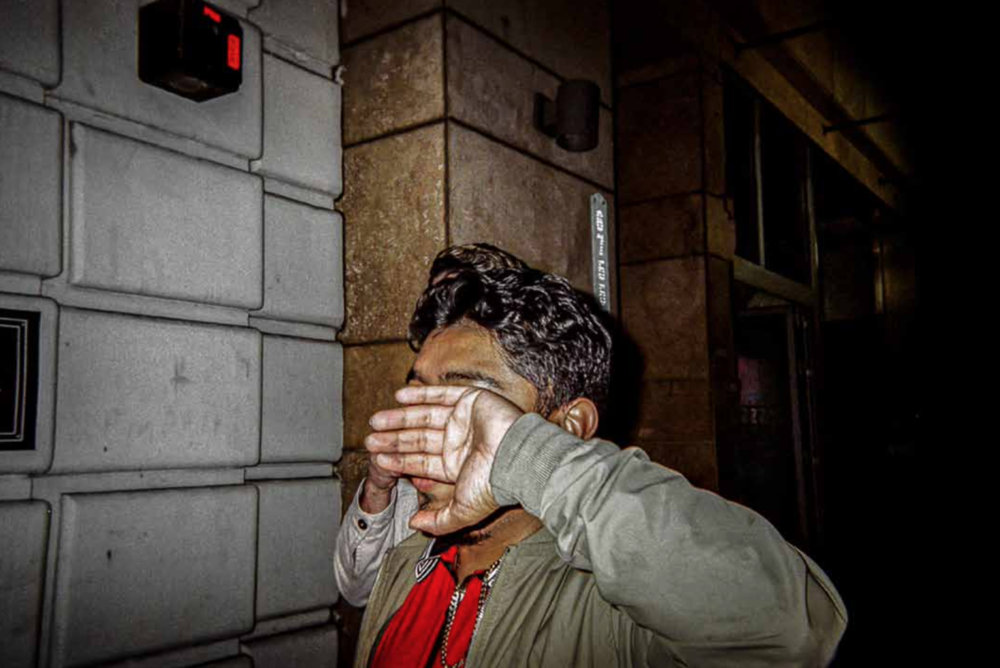
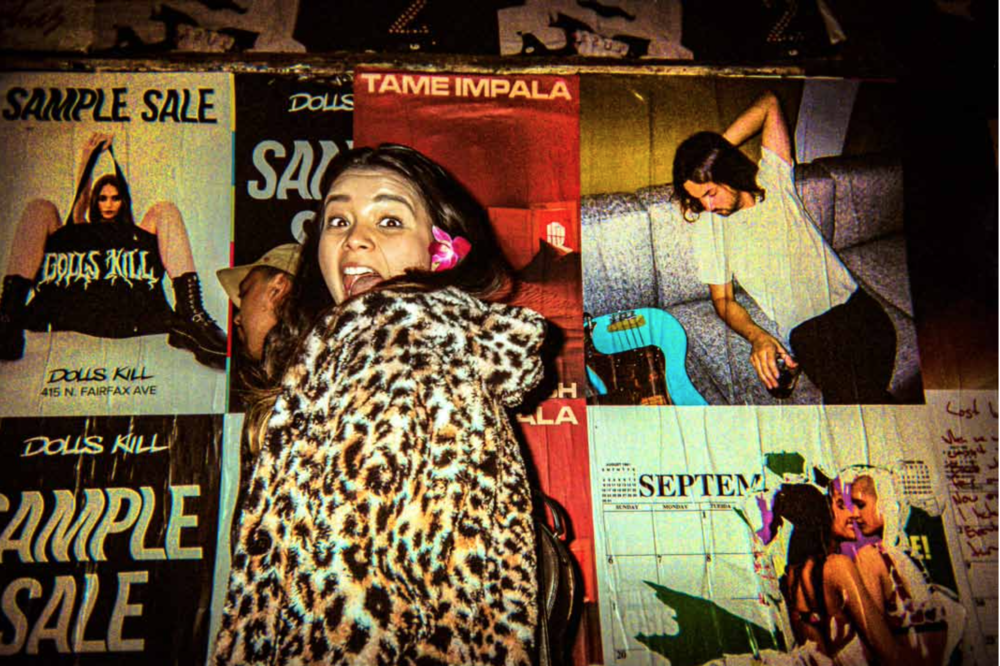
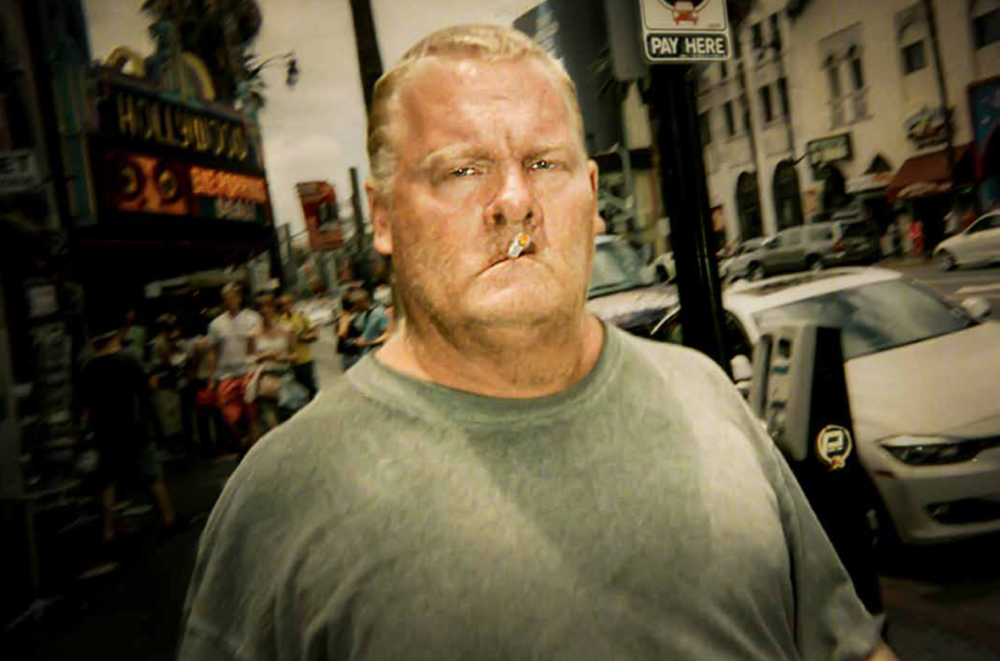
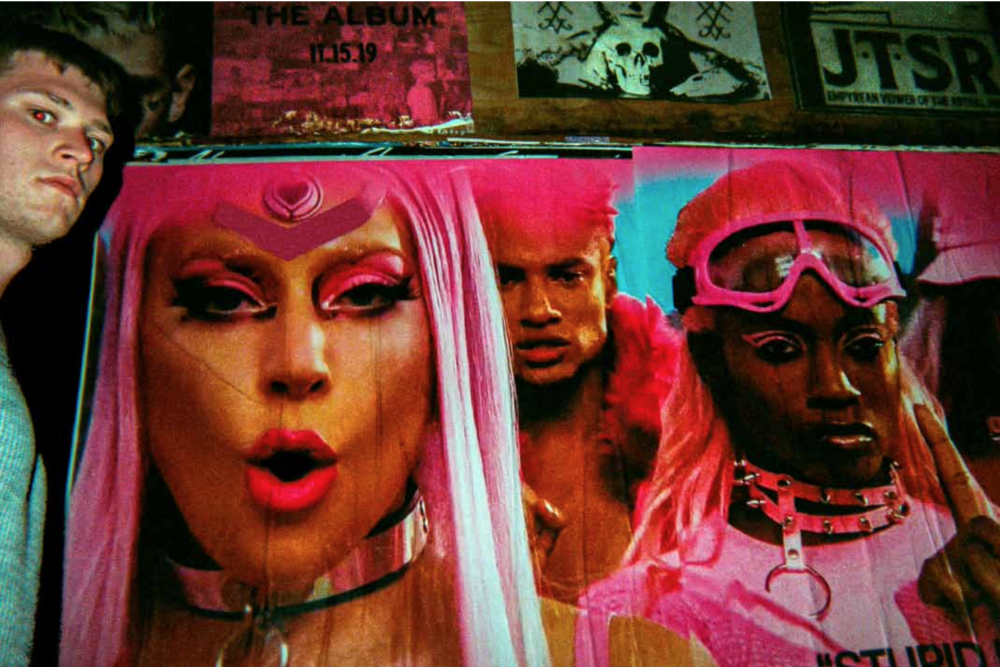
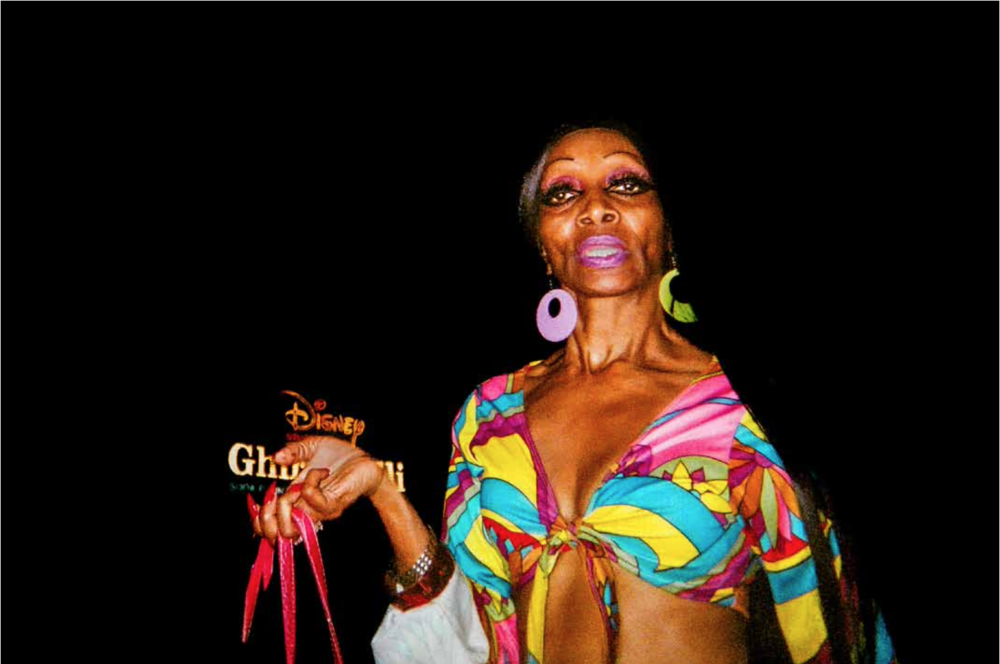






Scot Sothern is the real deal. What a great interview!